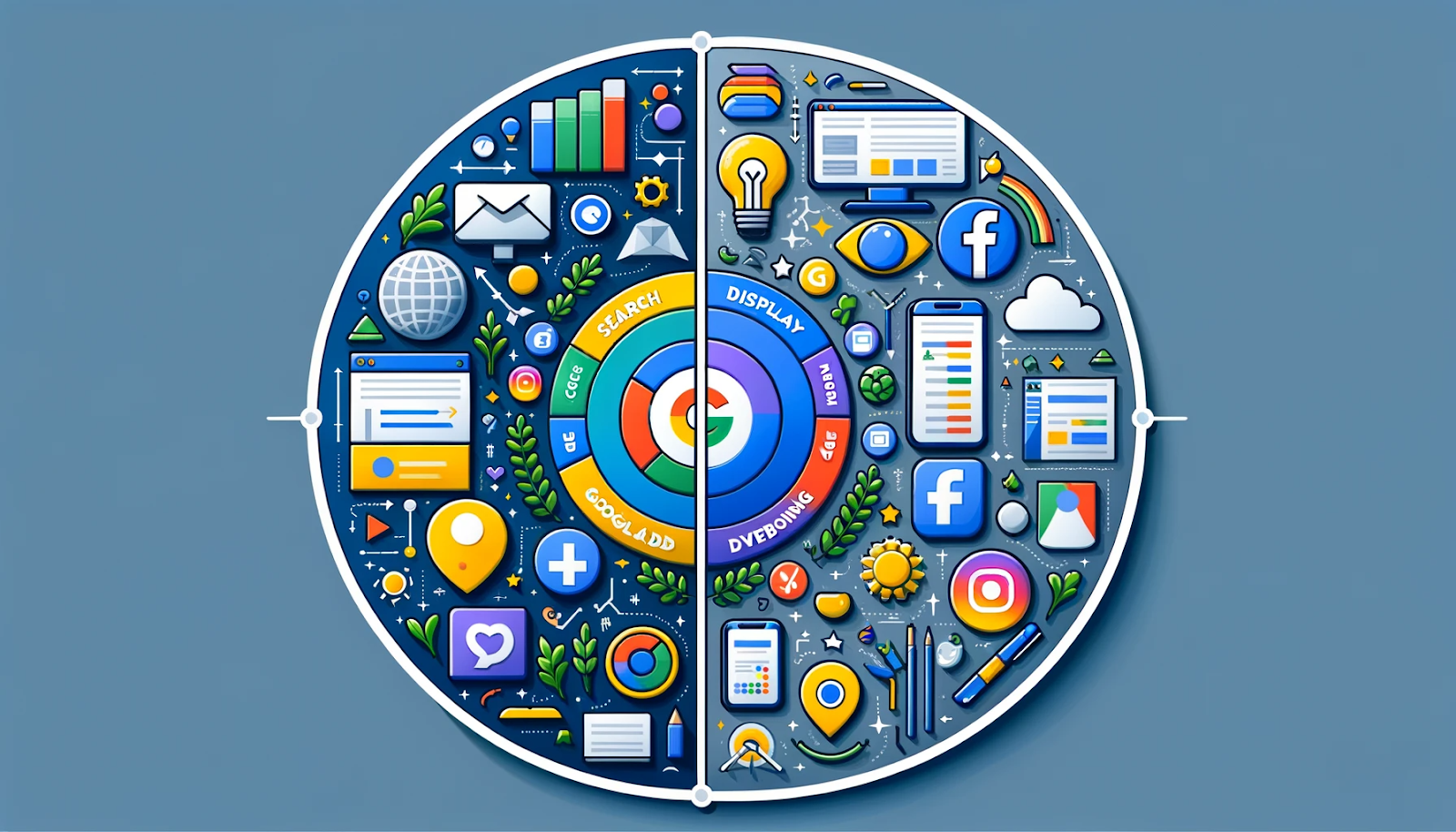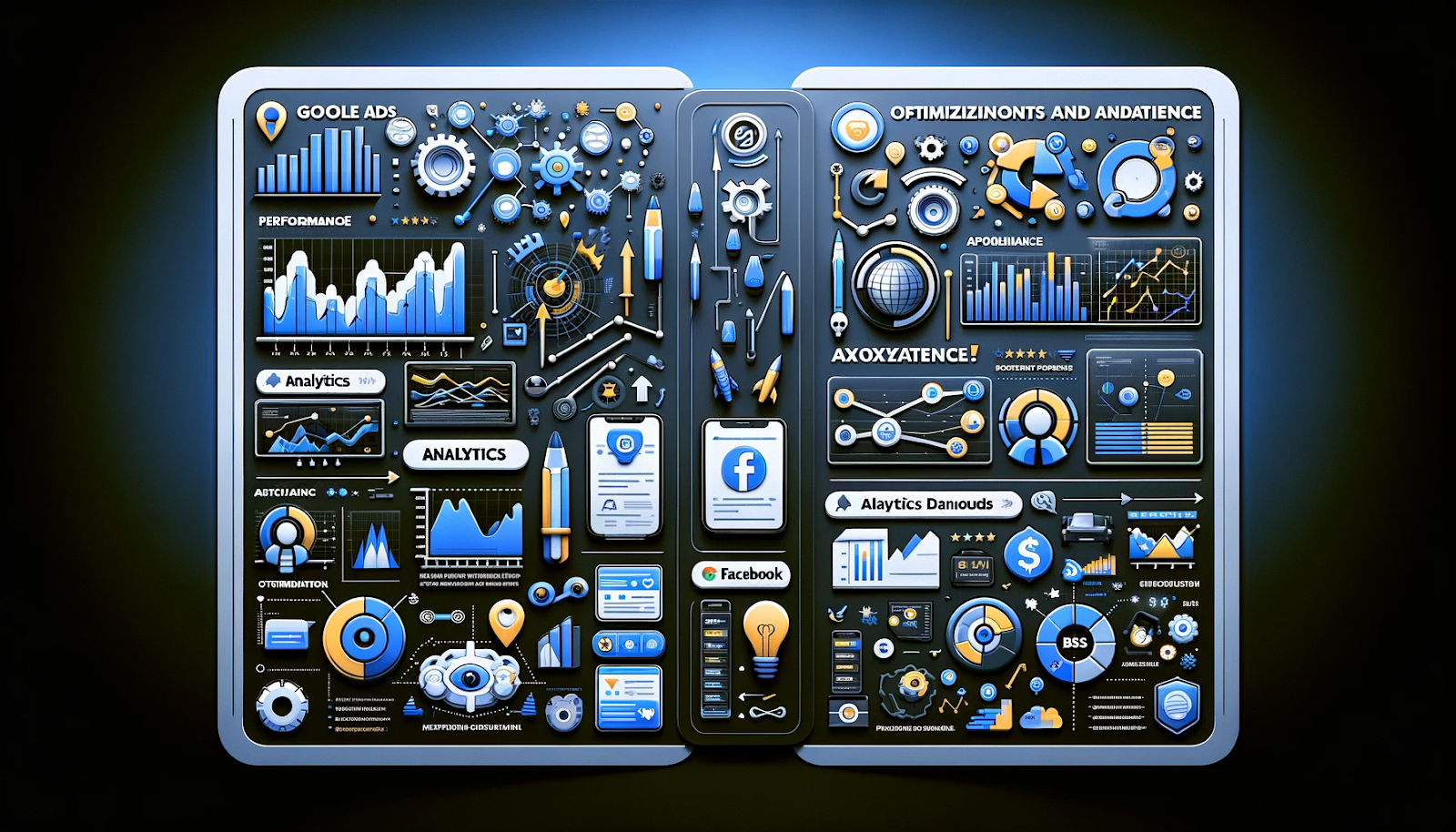Google Ads vs. Facebook Ads:
Which Platform Delivers Better for Your Business?
Introduction
In today’s ever-evolving digital marketing landscape, selecting the most effective advertising platform is crucial for the success of your business. Among the plethora of options, Google Ads stands out, especially when considering its diverse offerings like YouTube ads, Performance Max campaigns, and Display ads, alongside Facebook Ads. This comprehensive comparison aims to guide businesses in understanding the multifaceted nature of Google Ads and how it can be leveraged to become your primary and most effective traffic source.
Understanding Google Ads and Facebook Ads

Google Ads: A Comprehensive Overview
Google Ads, renowned for its pay-per-click (PPC) model, goes beyond traditional search ads. It encompasses YouTube ads, which offer unparalleled visual impact and audience engagement; Performance Max campaigns that utilize machine learning to optimize ad performance across all Google platforms; and Display ads, which are visible across a vast network of websites. These elements combine to offer a powerful, visually engaging, and highly targeted advertising solution.
Facebook Ads: An Overview
Facebook Ads provide demographic and interest-based targeting with a range of rich media ad formats. While effective for certain types of brand engagement, they may not match the comprehensive reach and versatility of Google's advertising ecosystem.
Audience and Reach
Google Ads: Expanded Audience and Reach
Google Ads, particularly with YouTube and Display ads, provides an expansive reach, targeting users not just based on search intent but also on their viewing habits and browsing behavior. This broader approach allows for reaching a diverse audience, including those not actively searching but who may be interested in your products or services.
Facebook Ads: Audience and Reach
Facebook Ads target based on user profiles and interests, offering a wide reach across its own network. While powerful for certain demographics, it might not provide the extensive and varied reach of Google’s network.
Ad Formats and Creative Control

Google Ads: Diverse Formats and Creativity
Google Ads offers a rich array of ad formats, from text-based search ads to visually stunning YouTube and Display ads. These formats provide immense creative control and flexibility, allowing for engaging storytelling and brand presentation that can rival any social media platform.
Facebook Ads: Formats and Creativity
Facebook Ads are known for their visually engaging formats. They excel in creative storytelling but are confined within the social media environment, which may not always align with broader marketing objectives.
Budgeting and Cost-Effectiveness
Google Ads: Efficient Budgeting and High ROI
Google Ads, with its diverse platforms, offers flexible budgeting options catering to various marketing objectives. The ability to track ROI across different types of ads, including the visually impactful YouTube and Display ads, ensures efficient use of advertising dollars with potentially higher returns than Facebook Ads.
Facebook Ads: Budgeting and ROI
Facebook Ads can be budget-friendly but may not provide the same level of ROI optimization and diversification as Google Ads, especially for businesses seeking a more comprehensive advertising approach.
Campaign Optimization and Analytics

Google Ads: Superior Optimization and Analytics
Google Ads offers advanced tools for optimizing campaigns across its various platforms, including YouTube and Display networks. The analytics provided are comprehensive, aiding in making data-driven decisions that maximize ad performance.
Facebook Ads: Optimization and Analytics
Facebook provides effective tools for A/B testing and audience insights, but they may not offer the same level of detailed analytics and optimization capabilities as Google Ads.
Use Cases and Best Practices
Google Ads: Versatile Use Cases
Google Ads serves a wide range of business needs, from driving direct sales through search ads to enhancing brand visibility with YouTube and Display ads. The versatility of Google Ads makes it ideal for businesses seeking a holistic approach to online advertising.
Facebook Ads: Specific Use Cases
Facebook Ads are effective for specific types of engagement and brand awareness, particularly in a B2C context. They are best used for targeting specific demographic groups with visually appealing content.
Pros and Cons Comparison

Before arriving at a conclusion, it's essential to weigh the pros and cons of Google Ads, including its YouTube, Performance Max, and Display advertising options, against Facebook Ads. This comparison will provide a clearer understanding of which platform may be more suitable for your business's specific needs.
Google Ads
Pros:
Versatile Advertising Options: Google Ads offers a wide range of advertising solutions, including search, YouTube, Performance Max, and Display ads, catering to various marketing objectives.
Broader Reach with Intent-Based Targeting: The platform excels in reaching a wide audience, not only based on demographics but also on user intent, browsing behavior, and viewing habits.
Advanced Analytics and Optimization: Google Ads provides detailed analytics and sophisticated tools for optimization, allowing businesses to track and enhance the performance of their campaigns effectively.
High Potential for ROI: With intent-based targeting, especially in search ads, businesses often experience a higher ROI, as they are reaching users actively seeking their products or services.
Cons:
Complexity in Management: The wide array of options and settings can be overwhelming, especially for newcomers to digital advertising.
Potentially Higher Costs for Popular Keywords: Competitive industries might face high costs per click, especially in search ads, due to the bidding nature of the platform.
Requires Continuous Optimization: To maintain effectiveness, campaigns require regular monitoring and adjustments, which can be resource-intensive.
Facebook Ads
Pros:
Strong Demographic and Interest-Based Targeting: Facebook Ads excel in targeting specific demographics and interests, making them ideal for tailored marketing campaigns.
Engaging Visual Formats: The platform offers a variety of creative and visually appealing ad formats, beneficial for brand storytelling and engagement.
User-Friendly Interface: Facebook Ads are generally easier to set up and manage, with a more intuitive interface suitable for beginners.
Cons:
Limited to Social Media Environment: The reach is confined within the Facebook ecosystem, which may not be as expansive as Google’s network.
Lower Intent-Based Targeting: Unlike Google Ads, users on Facebook may not have an immediate intent to purchase, affecting the conversion rates for direct sales campaigns.
Variable ROI: While it can be budget-friendly, the return on investment can be less predictable and often lower than what is achievable with Google Ads.
Conclusion and Recommendations
Considering these pros and cons, it’s evident that Google Ads offers a more versatile and comprehensive advertising solution, especially with the inclusion of YouTube, Performance Max, and Display ads. While Facebook Ads have their strengths, particularly in demographic targeting and visual appeal, Google Ads' diverse options and intent-based targeting stands out as a versatile and effective choice for becoming your primary traffic source.
Are you ready to maximize your business's online presence and make Google Ads your number one traffic source? Contact us for expert assistance in optimizing your Google Ads campaigns, ensuring they deliver the best possible results for your business.
Let us help you unlock the full potential of Google Ads and drive effective and efficient results.
